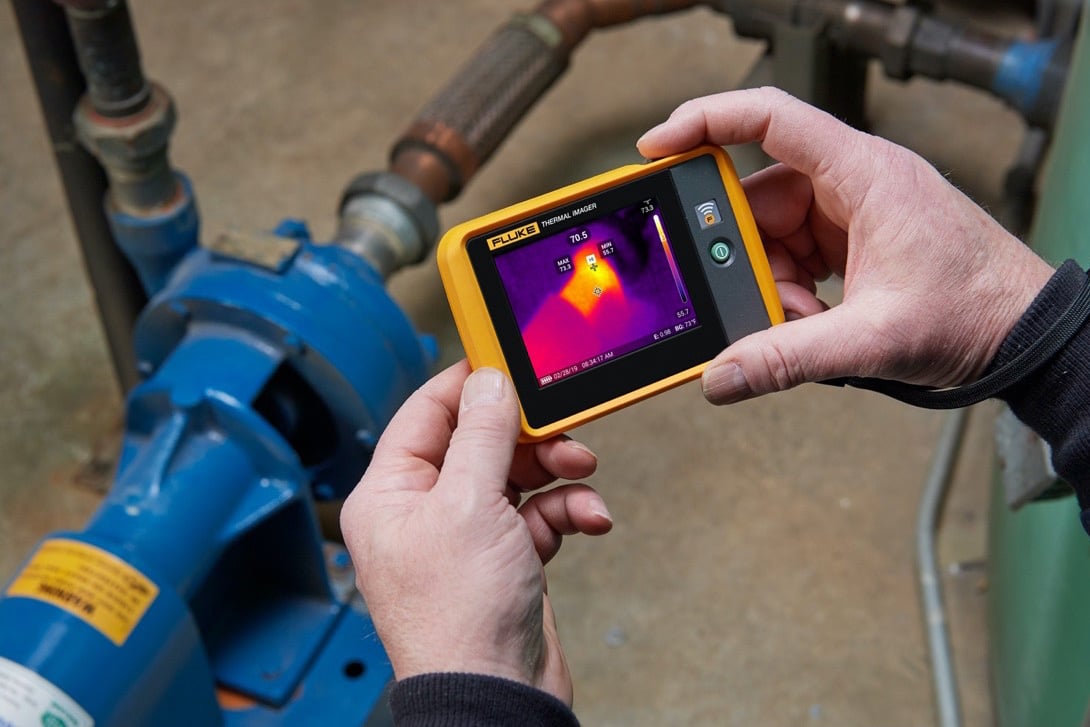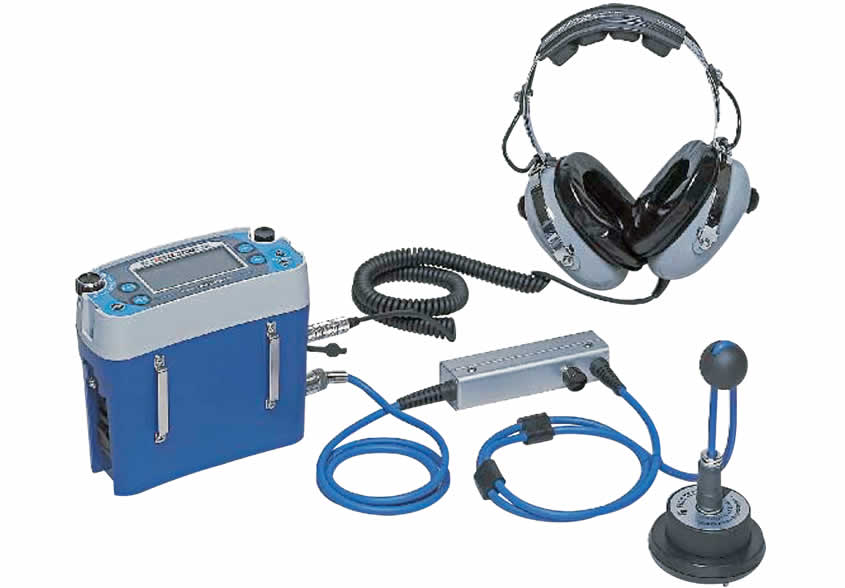Comprehensive Overview to Water Leak Detection for Property Owners and Companies
Comprehensive Overview to Water Leak Detection for Property Owners and Companies
Blog Article
Cutting-edge Solutions for Very Early Detection of Water Leakages in Structures and Facilities
From innovative leak detection modern technologies to the release of IoT sensors for real-time tracking, the landscape of leak avoidance is developing swiftly. Automated water flow evaluation systems are reshaping just how leaks are identified and resolved, paving the means for a positive strategy to water leak discovery.
Advanced Leakage Discovery Technologies
Advanced leakage detection technologies, geared up with cutting-edge sensing units and algorithms, play a vital duty in quickly determining and pinpointing water leaks in various setups. These modern technologies utilize a combination of acoustic, thermal, and electromagnetic noticing methods to identify leakages precisely. Acoustic sensing units find the sound of leaving water, enabling precise localization of the leakage source. Thermal imaging spots temperature adjustments triggered by water leakage, providing an additional effective technique for leakage identification. Electromagnetic sensing units can identify adjustments in electro-magnetic areas brought on by water, using yet one more layer of leak detection ability.

IoT Sensors for Real-Time Monitoring
In the realm of modern water leak detection, the combination of IoT sensors for real-time monitoring represents a pivotal improvement in boosting positive leak detection capabilities. These sensors supply constant surveillance of water systems, giving real-time data on water flow rates, stress variants, and temperature level adjustments. By leveraging IoT modern technology, these sensors can discover also the smallest anomalies in water use patterns, making it possible for very early recognition of prospective leakages before they rise right into significant concerns.
IoT sensors transfer data to a central platform, where advanced algorithms assess the details and generate alerts or alerts when irregularities are spotted. This real-time monitoring ability enables homeowner or facility managers to without delay deal with leaks, lessening water damages, minimizing repair service prices, and conserving water resources.
Moreover, IoT sensing units can be integrated with building management systems, permitting for automatic feedbacks to discovered leaks, such as turning off water shutoffs or activating pumps to alleviate the impact of leaks. On the whole, the application of IoT sensing units for real-time monitoring dramatically enhances the performance and efficiency of water leak detection in buildings and facilities.
Maker Discovering Algorithms for Leak Prediction

One trick advantage of making use of artificial intelligence for leakage prediction is its capability to continuously learn and boost its precision in time. As more information is gathered and fed right into the formula, it can improve its predictions and adjust to changing problems, inevitably enhancing the reliability of leak detection systems.
Moreover, artificial intelligence algorithms can help in identifying subtle signs of leaks that might go unnoticed by typical monitoring approaches. water leak detection. By evaluating intricate information collections in real-time, these formulas can supply early warnings and informs, permitting timely intervention and preventive upkeep to minimize possible water damages and linked costs
Making Use Of Thermal Imaging for Leak Detection
Thermal imaging technology provides a promising visit the website strategy for finding water leaks in numerous systems and infrastructures. By making use of infrared radiation and temperature level differences, thermal imaging electronic cameras can recognize surprise leakages that are not conveniently noticeable to the naked eye. When water gets away from pipelines or structures, it often changes the temperature level of the surrounding location, developing temperature level differentials that thermal video cameras can record. These temperature level irregularities are then equated right into noticeable images, highlighting the precise location of the leak.
One of the vital benefits of thermal imaging for leak detection is its non-intrusive nature. Overall, the usage of thermal imaging technology boosts the performance and precision of water leakage discovery, making it a valuable tool for preserving the stability of buildings and facilities.
Automated Water Flow Analysis Equipments
Exactly how can automated water circulation evaluation systems revolutionize the detection and monitoring of leaks in various systems and frameworks? Automated water circulation analysis systems supply a positive method to leakage discovery by constantly keeping track of water circulation prices and patterns. By developing baseline data, these systems can quickly determine inconsistencies that may indicate a leak, enabling prompt treatment to prevent substantial damages.
These systems utilize innovative algorithms to evaluate real-time data and offer instant informs when abnormalities are detected, enabling speedy activity to be taken. Additionally, automatic water circulation analysis systems can be integrated with structure management systems or IoT systems, boosting overall effectiveness and making it possible for remote tracking capacities.
Furthermore, the data accumulated by these systems can be made use of for predictive upkeep objectives, assisting to determine prospective weak points in the infrastructure prior to leakages occur. On the whole, the home implementation of automatic water flow analysis systems can dramatically enhance leakage detection and administration practices, inevitably resulting in set you back financial savings, minimized water wastage, and increased sustainability in structures and framework.

Verdict
In final thought, the integration of innovative leakage detection modern technologies, IoT sensing units, artificial intelligence algorithms, thermal imaging, and computerized water circulation evaluation systems uses ingenious options for very early discovery of water leaks in buildings and framework. These technologies make it possible for real-time tracking, prediction of leakages, and reliable detection methods go right here to prevent water damage and waste. Executing these options can assist in maintaining the honesty and sustainability of water supply in various setups.
Report this page